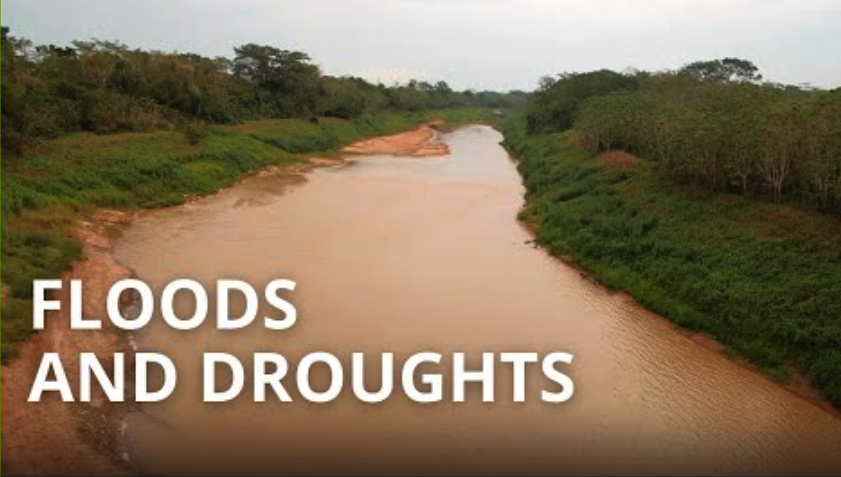From floods to Drought In a Few Months
The dance between floods and droughts is a harsh reality that we face with increasing frequency. As torrents of rain inundate our lands, threatening lives, livelihoods, and food security, the looming specter of drought waits patiently in the wings, poised to wreak havoc on our communities. It's a delicate balancing act that demands urgent attention and proactive solutions.
At this very moment, as floods ravage our nation, our response must be swift and comprehensive. Emergency measures, including evacuation plans and relief aid distribution, are imperative to safeguard lives and alleviate suffering. Early warning systems, coupled with community preparedness, can mitigate the worst impacts of flooding, reducing loss of life and property. Yet, as we scramble to address the immediate crisis, we must also cast our gaze towards the future.
The excess water that now engulfs our nation presents a valuable opportunity. We stand at a crossroads where we can choose to harness this abundance to secure our future. Long-term vision and investment in water management infrastructure are paramount. Dams, reservoirs, and rainwater harvesting systems hold the key to storing water for the dry months ahead. By capturing and storing excess rainfall, we can mitigate the impacts of drought and ensure a steady water supply for agriculture, industry, and domestic use.
But our response cannot end there. Sustainable practices such as watershed management and afforestation are essential to replenishing groundwater reserves and bolstering resilience against future droughts. Climate-smart agriculture offers a pathway for local farmers and food producers to adapt to the changing climate while ensuring food security for our nation. Diversifying crops, adopting resilient varieties, and implementing water-efficient irrigation techniques are vital steps towards building resilience in the face of uncertainty.
Yet, despite the clear imperative to prepare for droughts, both the government and the people of Kenya have often failed to take proactive measures. Our collective failure to capitalize on the current wet season to prepare for the inevitable dry months ahead is a stark reminder of the urgent need for change. As a nation, we have squandered opportunities to invest in sustainable water management infrastructure, leaving us vulnerable to the whims of the weather.
The government must play a central role in driving systemic change. Climate adaptation and disaster risk reduction must be mainstreamed into national development agendas, with adequate resources allocated to implement sustainable water management and adaptation measures. Collaboration between government agencies, civil society organizations, and the private sector is essential to confront the multifaceted challenges posed by extreme weather events.
But the responsibility does not rest solely on the shoulders of policymakers. As individuals and communities, we must also take action to build resilience and adapt to the changing climate. Education and awareness initiatives can empower farmers and food producers to adopt sustainable practices and make informed choices. By working together and sharing knowledge and resources, we can strengthen our collective resilience and ensure a brighter future for all Kenyans.
The dual threats of floods and droughts demand urgent attention and proactive solutions. By harnessing the abundance of water during the wet season and adopting sustainable practices, we can build resilience and ensure food security for our nation. But this requires a concerted effort from all stakeholders, from government agencies to local communities. Together, we can navigate the challenges of climate change and build a more resilient and prosperous future for Kenya.




Comments
Post a Comment